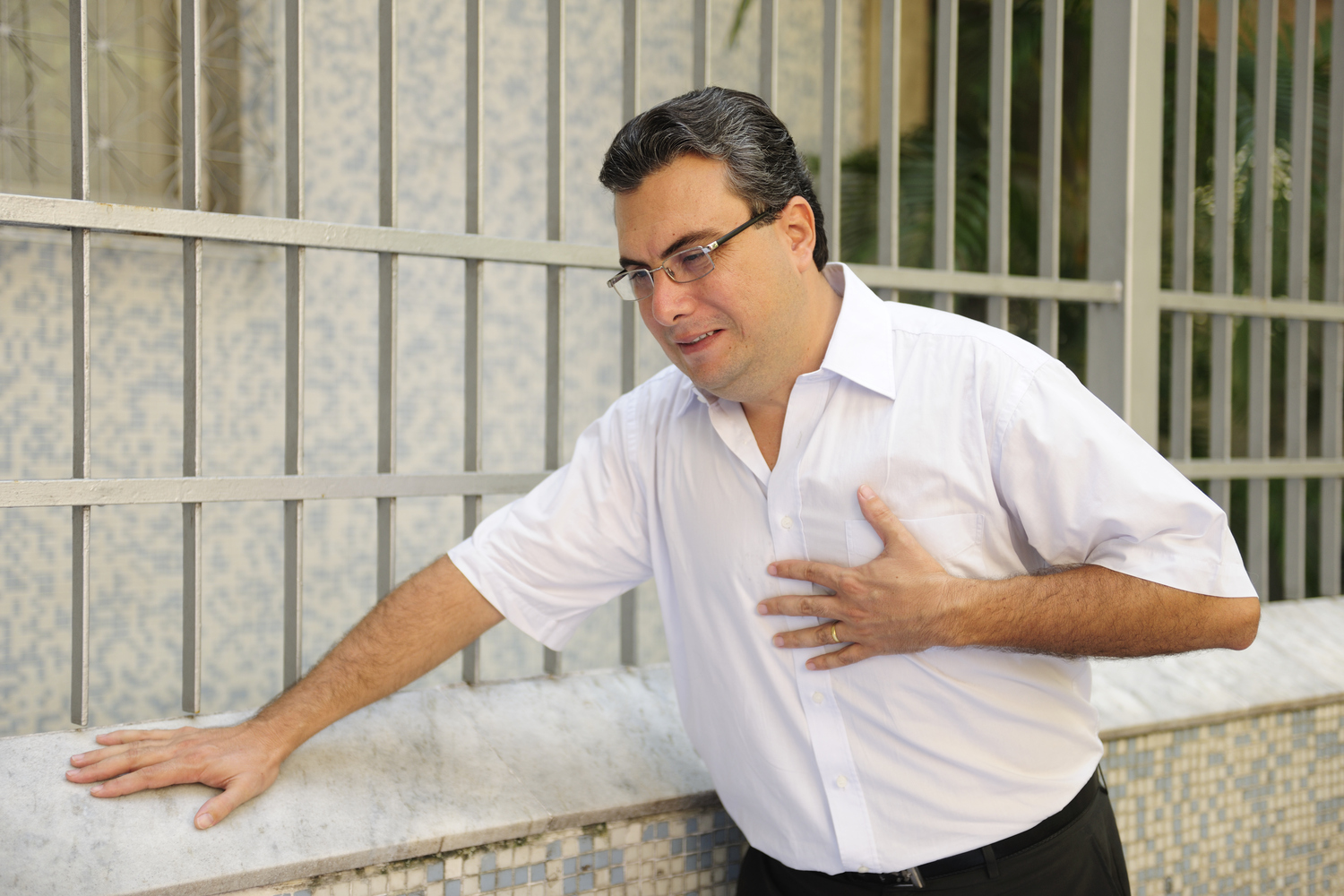Common Signs and Symptoms of Strokes
The brain uses about one-fifth of our oxygen which it cannot store and so, it needs an uninterrupted supply of blood to get that oxygen. If the supply is cut off for even 3-4 minutes, the brain cells stop functioning. When this lasts longer than 10 minutes, they start dying, resulting in a stroke. Recognizing the early signs of a stroke can prevent further damage to the cells and also ensure timely treatment.
Understanding stroke and its cause
The brain controls all functions of the body, including breathing, seeing, mobility, digestion, and stores our memories and thoughts. It has a complex set of arteries, blood vessels, and cells with specific functions.

Signs and symptoms of a stroke
It is suggested that about 85% of all strokes are caused by blood clots or plaque blocking the brain’s blood supply. This is an ischemic stroke. The typical signs and symptoms of a stroke are:
Sudden and unexplained headache
Weakness in one side of the body
Numbness in one side of the body
Numbness or weakness in the face, arms, or legs
Difficulty in speaking and confusion or trouble understanding what others are saying
Inability to see clearly or blurred vision in one or both the eyes
Difficulty in walking
The symptoms may continue to worsen if help is not sought immediately.
Understanding mini-stroke
Mini-stroke or transient ischemic attack (TIA) typically lasts only a few minutes. Here, the artery is blocked only for a few seconds or for a very short time, and a new path opens, normalizing the blood flow once again. A mini-stroke does not cause any permanent damage to the brain or the body. If a person experiences the symptoms of a mini-stroke, they have a 33% chance of having another stroke in the future.
Symptoms of mini-stroke
Mini-stroke symptoms are likely to disappear within an hour, although they may last for a day in rare cases. They also resemble the signs and symptoms of a stroke. A mini-stroke can serve as a warning and an opportunity to prevent another stroke. This is why doctors tend to begin treatment and watch the patient’s symptoms closely to monitor their progress after an attack. The common symptoms of a mini-stroke are:
Numbness and weakness in the face, arms, and legs on one side of the body
Slurred speech and difficulty in comprehending what others are saying
Difficulty in seeing or blurred vision in one or both eyes
Vertigo and loss of balance
Dizziness
Other types of strokes and their symptoms
Apart from ischemic and transient ischemic stroke, there are three other types of stroke. These three are explained here.
Hemorrhagic stroke: A hemorrhagic stroke is when any bleeding in the brain affects or damages the nearby cells. Intracranial hemorrhages (bleeding inside the brain) and subarachnoid hemorrhages (bleeding between the brain and the membranes covering it) are the two types of hemorrhagic strokes. The symptoms are confusion, fainting and dizziness, a high-intensity headache, nausea, and sensitivity to light.
Brain stem stroke: If the blood supply to the base of the brain stops, it results in a brain stem stroke, which may affect both sides of the body. The associated symptoms are fainting sensation and vertigo, double vision, slurred speech, inability to move any organ or part of the body except the eyes, and breathing issues.
Cryptogenic stroke or stroke of unknown cause : Doctors may be unable to determine the exact cause in certain cases even with the help of imaging tests and other diagnostic tools. Such attacks without an obvious or diagnosable cause are classified as cryptogenic strokes. Their symptoms resemble those of other kinds of strokes.
What is the FAST approach?
A group of physicians came up with the acronym FAST to help people recognize the signs and symptoms of a stroke. It helps people understand and detect if they or their family members are experiencing it. The approach is applicable to the symptoms of a mini-stroke. The letters of FAST stand for:
Face drooping : Ask the person to smile and see if the smile droops to one side.
Arm weakness : Ask them to lift their arms and see if one arm drops on its own.
Speech difficulty : Ask them to repeat a sentence and check for incoherent speaking or slurred speech.
Time to call 911 : If you notice one or more of these signs and symptoms of a stroke, call 911 for assistance.
Recognizing the early signs is important to seek immediate help and treatment. It also helps to acquaint yourself with preventive measures and risk factors for strokes. Making better food and lifestyle choices, controlling cholesterol, high blood pressure, and diabetes, and exercising can help reduce the risk of experiencing a stroke.

